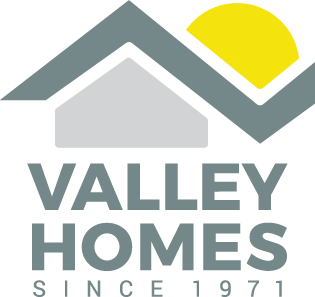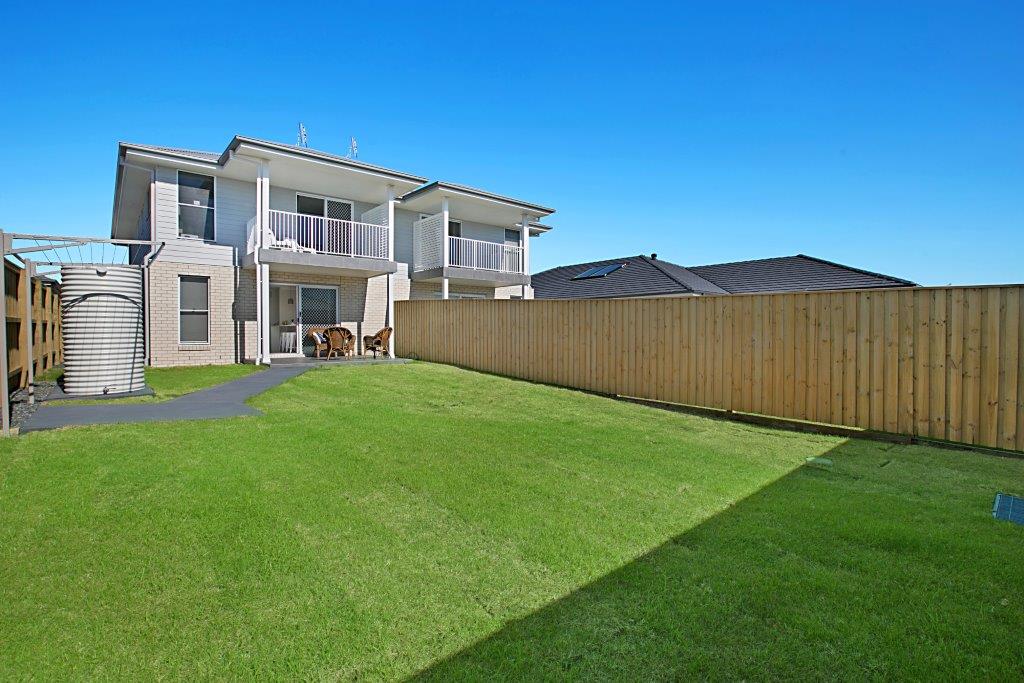BUYING A BLOCK OF LAND – 5 TIPS TO KEEP YOUR BUILD ON BUDGET
When the finances are lined-up and the development or suburb has been decided upon: next step is securing the all-important block of land. And while that may sound simple, it can be anything but. There are many factors to consider – some may cost you more than you bargained for and others will be simple if you have all the facts from the outset. To help you get the best out of your development build we’ve put together some tips to make buying your block of land a breeze.

Tip 1. Have your home plans in mind before you buy
This may sound obvious, but before you do anything as drastic as buying a block of land first draw up a rough plan of what your new home will include. It doesn’t need to be architecturally accurate or even look like a house, it just needs to give you an indication of house size – which translates to how big your property needs to ideally be. That is, if you want four bedrooms, two living areas, two bathrooms, a double garage, galley kitchen, in-ground pool and veggie patch – then you need to narrow down your search to only include suitable blocks and will avoid you having to compromise on your custom home designs down the track.
Tip 2. Sloping blocks can be costly – but can also reward
Buying into a new development will often present a variety of options regarding whether the property has a slope or not, as well as the direction the slope falls – and the blocks with slopes on them are often much cheaper than their flat neighbours at the other end of the street. If you are budget conscious, and who isn’t, then there is an important thing to note. While the initial block of land may be cheaper to purchase, sloping block builds are frequently more expensive than non-sloping builds. Site costs can be larger, foundations may need specialised engineering and home designs will need to be customised to work with the block. However, depending on the slope orientation, sloping blocks can also offer the opportunity for views, better access to natural solar, or even clever integration of cross breezes. It often is the case that in more established suburbs sloping blocks actually tend to attract higher resale prices.

Tip 3. Get the dirt on your soil
If your soil is reactive then this means it has an increased chance of moving. The movement is usually due to either increases or decreases in moisture, but essentially it will determine the type of sub-floor you will require and how deep the footings will need to go. Also, if your property was previously part of an industrial plant or something similar, ensure the soil has been tested for chemical levels and is safe for residential builds as this may be very costly to rectify. Also, if you are buying a block of land that has large rocks and/or established trees then understand your home design may end up having to work around them, or alternatively you might be up for some hefty removal fees and council permits to clear the land.
Tip 4. Narrow blocks can be a challenge
There have been some amazing homes built on narrow blocks and there are many innovative technologies designed to maximise your sense of space in smaller or narrower homes. However, whenever the words ‘innovative technologies’ appear in relation to new home builds it generally isn’t followed by ‘inexpensive’. Narrow blocks can be a design challenge, which can translate into increased costs. Plus, if the blocks are also for sale on either side of your chosen property and they are also narrow blocks then the chances of the new owners building upper levels to maximise floor space might mean your natural light will be reduced. It can also mean you will have to be comfortable being very close to your neighbours.

Tip 5. Know your neighbourhood’s fire and flood risk
A new home that backs onto pristine bushland might sound idyllic, but before you hand over your life savings it pays to understand how being close to bushland areas impact on your building costs. If your house is within 100 metres of bushland your block of land will need to have a Bushfire Attack Level (BAL) that your builder will have to comply with. Often requiring more expensive materials. Also, you need to know if your block is below flood level. If it is in a 1:100 flood prone area your custom home design may also need to be altered. Plus, if there is a fire or flood on your property and then you wish to sell at a later date, this can affect your final sale figure. Not to mention the increased insurance premiums you will be paying in the meantime.
And that’s our top 5 consideration on purchasing properties…
Hopefully with these things in mind you are now feeling more confident to secure your unique block of land – and after you have done that we’d love you to come and speak to our team of custom home design specialists to maximise your property’s shape, aspect, and potential.
Interested to find out more? Get in touch today




